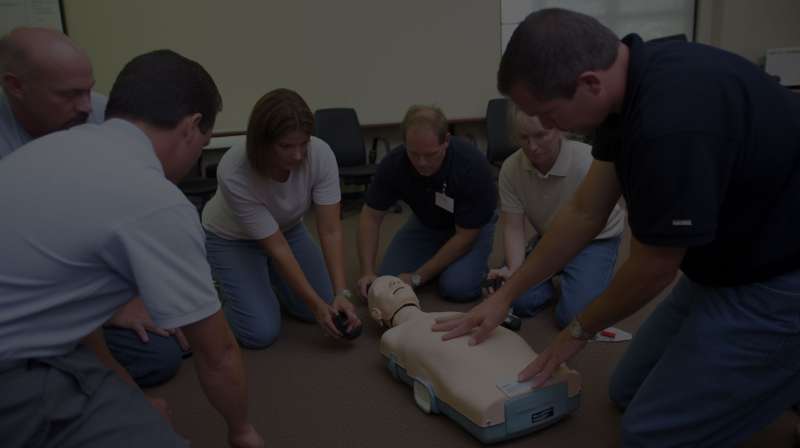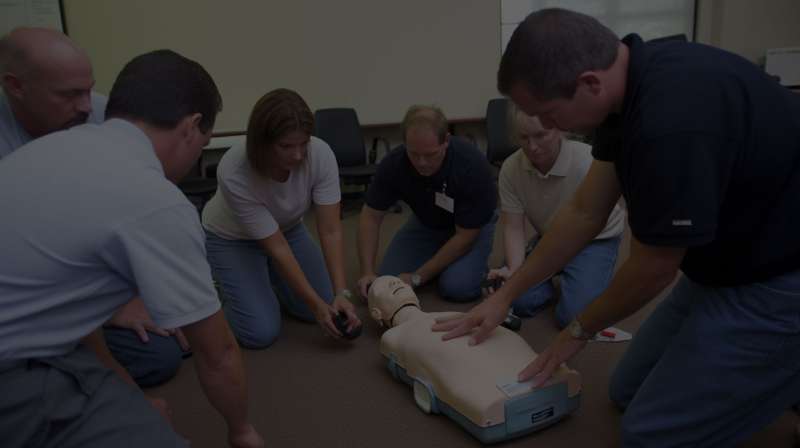Automated External Defibrillators are not complicated to use, service, or maintain. Public access defibrillators and extremely reliable portable devices and rarely produce problems for the owner. Nonetheless, always read the owner’s manual and follow the instructions provided by the manufacturer.
Following this simple daily checklist will help to ensure your defibrillator is operational and ready to use if a cardiac emergency arises. You can use our daily inspection document to maintain a periodic check sheet to monitor your observations and the condition of your AED.
- Visually examine the AED Case, battery compartment, and its accessories. Check for cracks, foreign substances, and damages. Ensure that the defibrillator is in its proper physical location - usually inside a wall cabinet with a window.
- Inspect the AED pads, called electrodes, which are usually pre-connected. The pads should be in an unopened sealed package and within its expiry or service date. Always replace expired or damaged chest pads, including any spare electrodes contained inside the unit.
- Check the battery expiration or service date and make sure the battery status indicator light - usually green - is working properly and indicating that the defibrillator is ‘Rescue Ready’. Low-battery diagnostic indicators often emit an audible and visual warning similar to the low battery beeping noise from a smoke detector.
- Inspect the AED action pouch for missing supplies. Modern clinical units often include a small emergency supply kit including a CPR ventilation mask, protective rubber gloves, a razor, towelette, and small scissors.
Consider formulating a response program for your company workplace or location. An efficient and effective emergency action plan can help unexpected accidents run more smoothly.




Share on social media